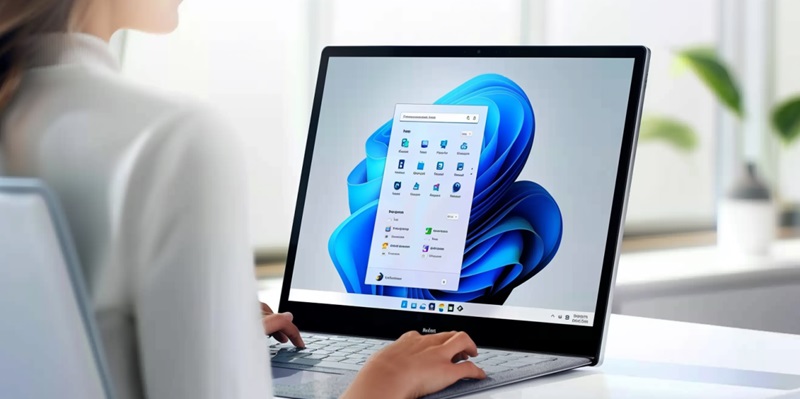In the ever-evolving world of operating systems, privacy often takes center stage, a fact Microsoft knows all too well. Recently, the tech giant put the brakes on the deployment of Windows 11 version 24H2 to the Release Preview Channel. This decision came hot on the heels of the introduction—and subsequent outcry—over the new Recall feature, which raised alarm bells among privacy-conscious users. Microsoft’s initial attempts to mitigate concerns largely fell flat, even though they asserted Recall was an opt-in feature. Ultimately, they chose to retract the build quietly, a stark contrast to the earlier, more public discussions surrounding the feature’s debut.
A Response to User Feedback?
The retreat from the public eye is rare for a company that typically prides itself on transparency. The only nod to the retraction of the build was a discreet edit to the release notes, implying that the removal was a reactive measure. This move, coupled with user privacy concerns, paints a picture of a company that’s receptive to feedback and determined to avoid any misstep that could dent its reputation. Yet whispers suggest additional, undisclosed reasons for the pullback, related to a multitude of issues with the build—a startling revelation given its near-completion status.
Implications for Future Rollouts
In the dynamic landscape of operating systems, privacy is often at the forefront of both users’ and developers’ priorities. Microsoft, acutely aware of this, paused the release of Windows 11 version 24H2 to their Release Preview Channel, a move that came shortly after they faced backlash concerning their new Recall function. This feature sparked concerns among those vigilant about their privacy rights. Microsoft tried to allay fears by noting that Recall was optional, but their explanations didn’t resonate with the wary public. Eventually, recognizing the controversy, Microsoft discreetly withdrew the update—a move that stood in stark contrast to the fanfare that initially accompanied the feature’s introduction. This balancing act between innovation and user privacy continues to challenge tech companies, reflecting a broader debate on how much control users should have over their digital environments.

